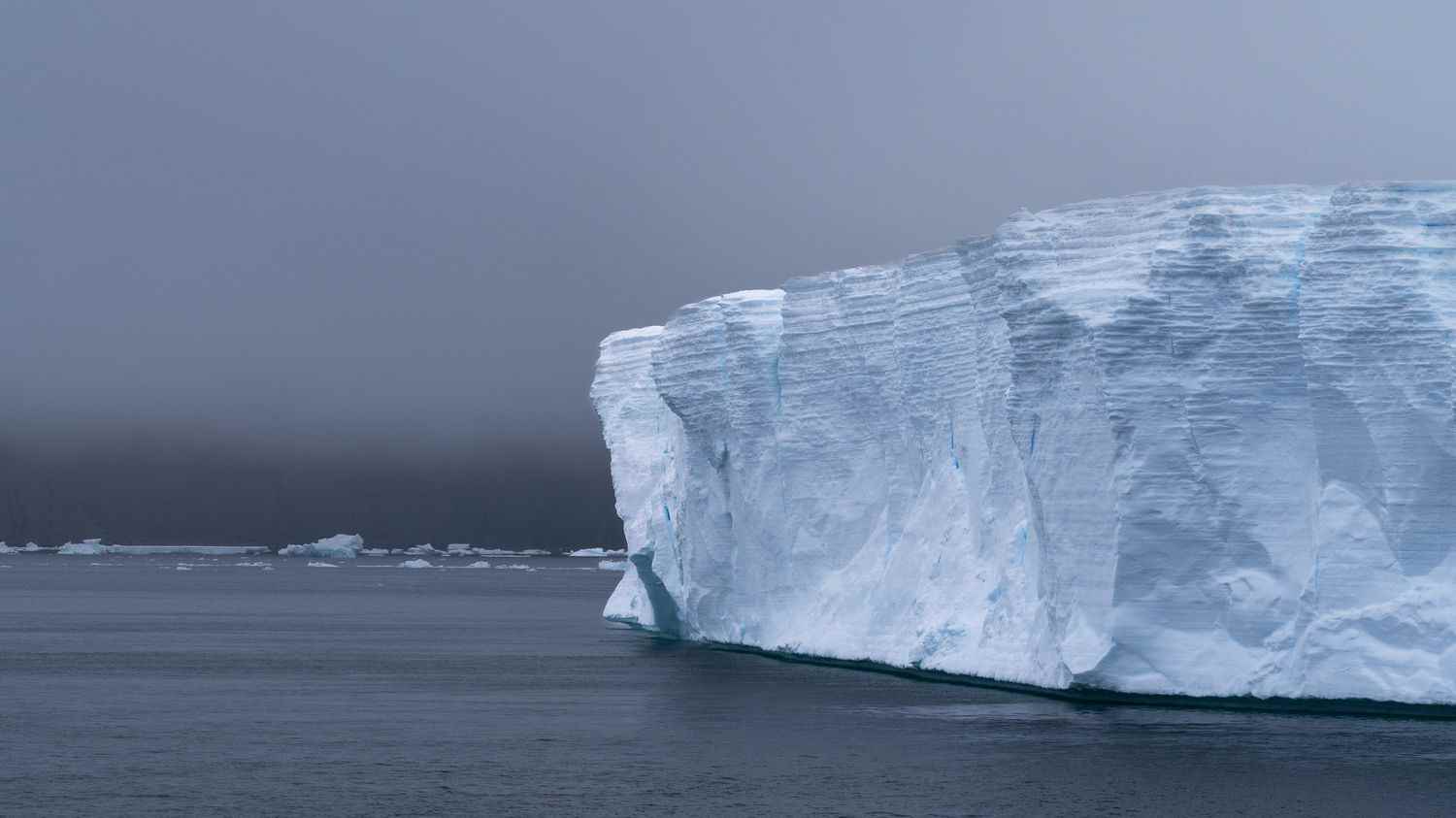On the southern continent, which experienced record heat in 2022, the extent of sea ice in January was 31% below average.
Article written by
Posted
Reading time : 1 min.
Sea ice always melts in summer and re-forms in winter, but climate change affects summer lows and winter highs. The extent of sea ice in Antarctica, where it is currently summer, has reached a new downward record for the month of January, well below the previous record of January 2017, the observatory announced on Wednesday February 8. European climate. On the southern continent, which experienced record heat in 2022, the extent of sea ice in January was 31% below average, i.e. the lowest level ever reached for the first month of the year, reports the Copernicus Observatory (C3S) (link in English).
On the other side of the globe, at the North Pole, where it is winter, below-average sea ice extent was also seen in the Arctic, where it was 4% below normal, according to Copernicus. This is the third weakest measure for a month of January. These measurements are worrying, because if the melting of the pack ice has no perceptible effect on the rise in sea level, the ice already being in the water of the ocean, it accelerates global warming. The white pack ice, acting like a mirror, reflects most of the sun’s energy. While its melting leaves instead a dark maritime surface, which absorbs heat from solar radiation, thus participating in the acceleration of global warming.
